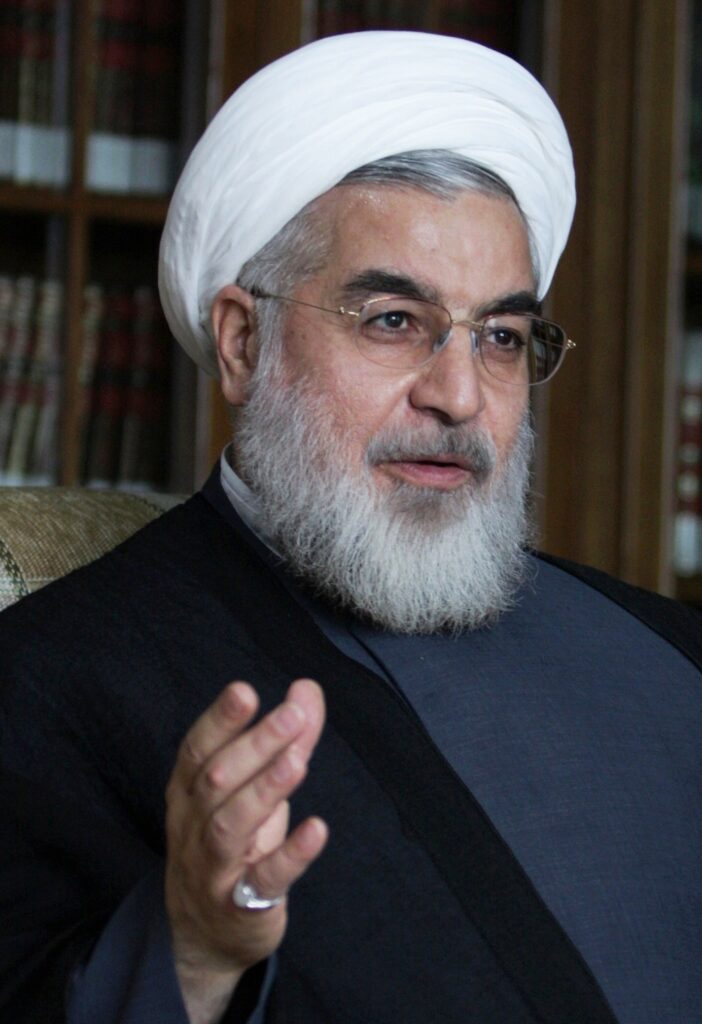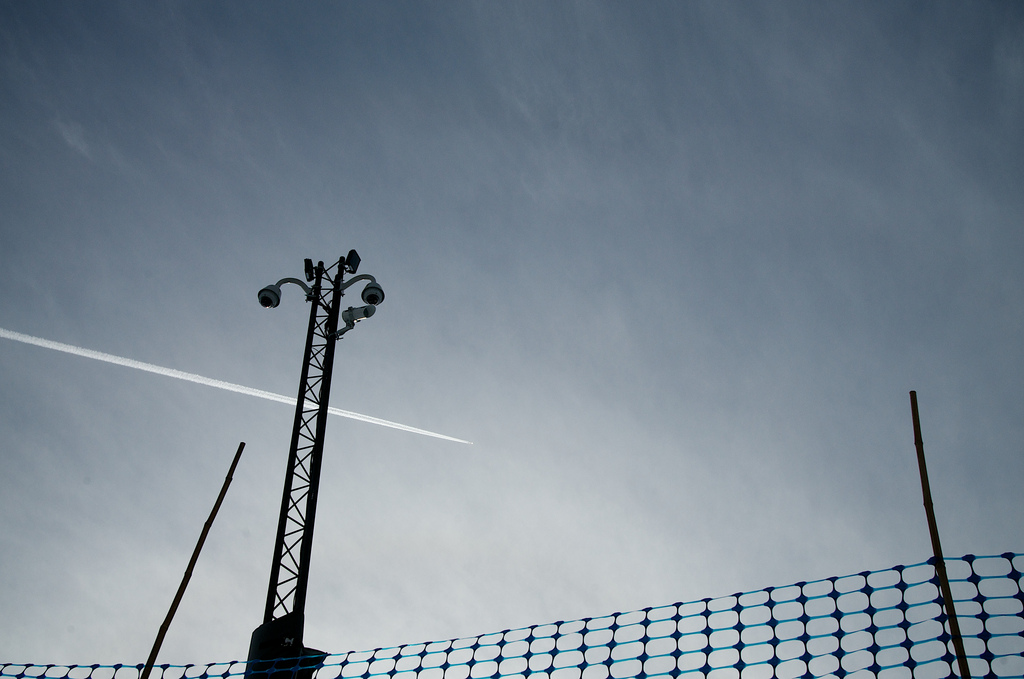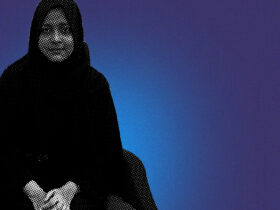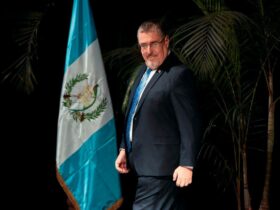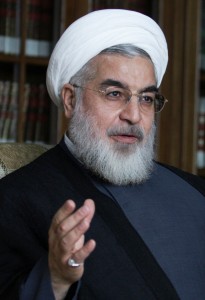
Will Iran’s new moderate “Superman” Rouhani be able to withstand the forces of Ayatollah Khamenei and his theocratic kryptonite?
Last month, some salvation was finally delivered to the tense and oppressed citizens of Iran with the victory of newly elected president Hassan Rouhani. Under former president Mahmoud Ahmadinejad, Iranians were subjected to his abusive policies, most notably demonstrated by the harsh crackdown of the 2009 Green Movement.
Although Rouhani, who will officially replace the current hotheaded president in August, has been termed a relative moderate in comparison to Gung-ho fundamentalist Ahmadinejad, the Iranian people have already received him as an angel on earth. The so perceived “savior” has verbalized his intentions to improve the country’s international reputation. And this may even be the first time since the onset of the Islamic Revolution of 1979 that we may see a resurrection of limited aspects of western society within the country, as Rouhani has expressed his desire to restore basic human rights beginning with the improvement of women’s rights and the gradual deregulation of the strict national dress code.
But don’t tear your headscarves yet, ladies –– while I am sure that you are more than eager to sport your fashionable new hairdos, there is still something dodgy going on here. Despite Rouhani expressing his personal wishes for reform, he remains at best merely another puppet of Supreme Leader and master puppeteer Ayatollah Ali Khamenei. Although the voting process within Iran may bear a democratic façade, it is simply a hollow disguise masking a deviously controlled and complex method of strategically inducting figureheads who will ultimately serve to carry out the wishes of the Ayatollah. Here’s a quick breakdown of how candidates are selected for participation in the presidential race:
The Guardian Council is fully responsible for filtering potential candidates and selecting those who they feel fit to run. The Council is composed of six clergymen, who are selected by the Ayatollah himself, and six jurists, selected by the head of the judiciary (also appointed by the Ayatollah). The entire Council is thus essentially appointed by the Supreme Leader and reflects the same fundamental ideals as him: all candidates bear complete loyalty to the Islamic Republic and all of its fundamental assets. Following a three-week campaign period after candidates are announced, voting takes place. If a single candidate does not take a simple majority, then the top two candidates will face off in a runoff election.
Doesn’t seem so egalitarian anymore, does it? With the Supreme Leader virtually controlling all aspects of the elections, up to the voter’s free choice of casting a ballot, the citizens of Iran are no more than spectators trapped in the “Ayatollah Khamenei Show,” starring Khamenei and Khamenei, and featuring Khamenei.
The understanding of the Supreme Leader being the central power holder and final arbiter of Iranian governmental policies is essential to understanding Iranian politics. There has been some jubilance over the fact that Rouhani has promised to give transparency to Iran’s hotly-disputed nuclear program, which will hopefully serve to ease tensions between the country and the rest of the world as well as break Iran free of its international isolation. In February, incumbent Ahmadinejad suggested the national nuclear program may see changes as evidenced by his statement that he would be willing to discuss the program in detail with the United States so as long as the West stopped pressuring the regime. However, the acidic rain of truth pierces umbrella shields of optimism once the realization is made that these statements of hope are emptier than outer space itself. As long as Khamenei remains the final authority on major state decisions, he remains the supreme ringleader of the chaotic circus that is Iranian politics; no vital information regarding the country’s nuclear program will be spilled to the West, and that is final. In terms of Rouhani’s plans to restore basic liberties to the country, being that the current Supreme Leader was the one responsible for the 1979 Islamic Revolution, replacing an autocratic monarchy with largely western ideals with a stringent Islamic theocracy, it seems highly doubtful that the new president elect will be met with success in his quest for social and political reform.
To the Iranian citizenry, I say celebrate now, for it is still too early to tell whether the Angel Rouhani and his plans for reform will fall prisoner to the devilish iron fist of Khamenei. Only time will tell how the new Rouhani-Khamenei dynamic will play out. While the Iranian citizenry initially will almost certainly be met with a minimal degree of improved autonomy and treatment under the new president, as long as Khamenei remains, the streets will continue to be lined with revolutionary guards executing the will of their Supreme Leader. So sit tight, Iran, because things aren’t going to change while Khamenei is still around, and await instead the day the tyrannical leader is succeeded, for only this holds the dawn of a new beginning for the country plagued by an era of dark and oppressive theocratic rule.


